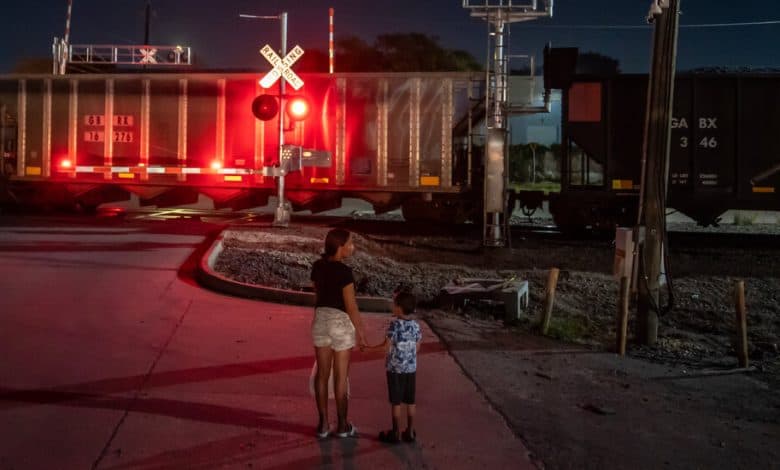A 100-Ton Locomotive With No One in the Cab

One evening last June, as Esther Iradukunda set the table for dinner at her home in Buffalo, she heard a high-pitched cry through the kitchen window. She rushed outside and followed the screams to the train tracks that ran about 100 feetawayfrom her house.
She found her young brother Aron lying on the tracks, run over when he chased a ball between the cars of a train that had suddenly begun to move. Now it was stopped again, but one of the boy’s legs was lodged underneath, the bone jutting through the skin, and he had grave wounds to his abdomen.
Ms. Iradukunda desperately pulled her brother clear just as the train began moving again, rolling slowly toward the CSX train yards about a quarter-mile away. Aron, now 10, survived but lost his right leg.
No one from the railroad had heard the boy’s screams or noticed him trapped on the tracks. The train had no conductor or engineer onboard; instead, its movement was being controlled by a remote operator who was not aboard the train and, under railroad protocols, could have been more than a half-mile away.
While trains have long presented a deadly risk to pedestrians, a recent rash of accidents involving remote-control locomotives like the one in Buffalo has prompted a new federal review of the technology long billed by the railroad industry as safer than conventional trains. Railroad unions have also lodged demands to step up safety measures as the trains increasingly operate on open tracks outside the confines of a rail yard.
